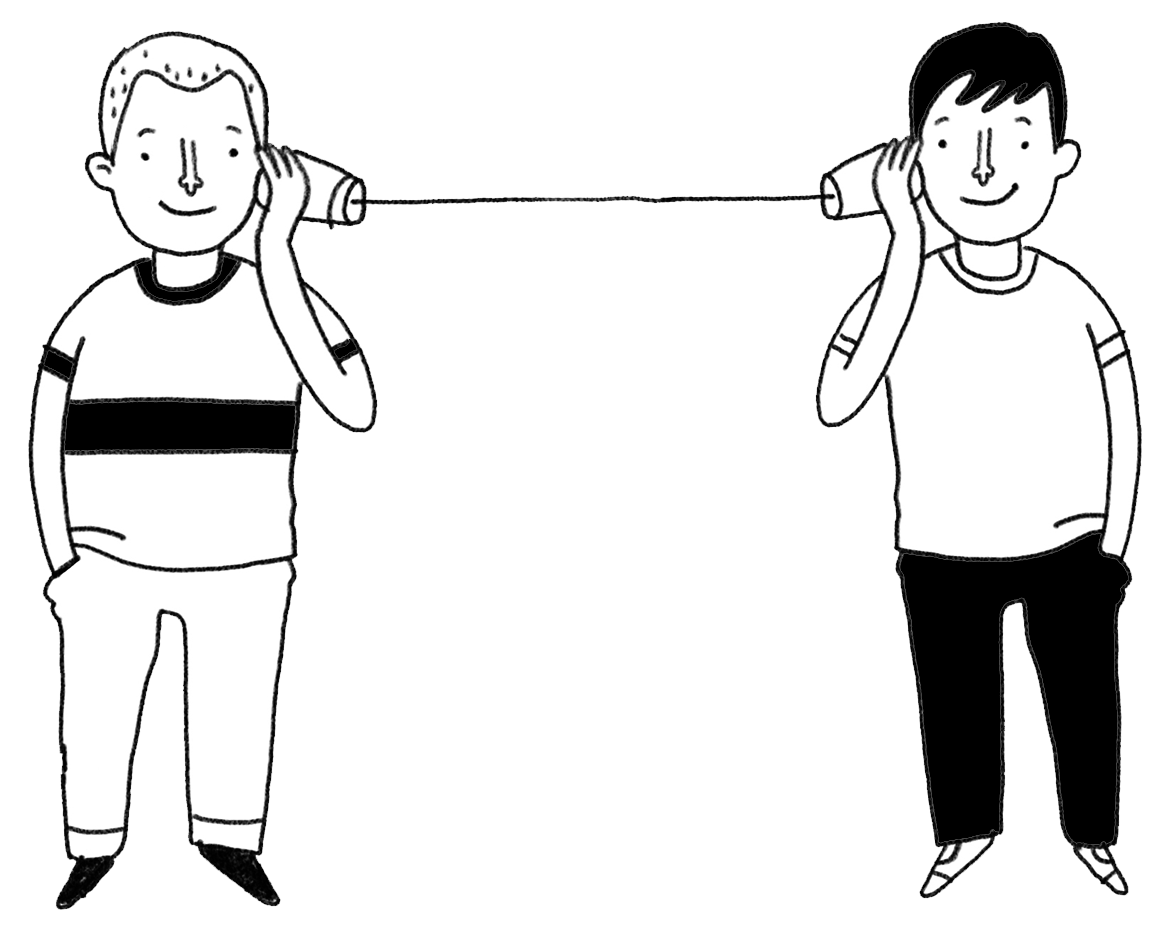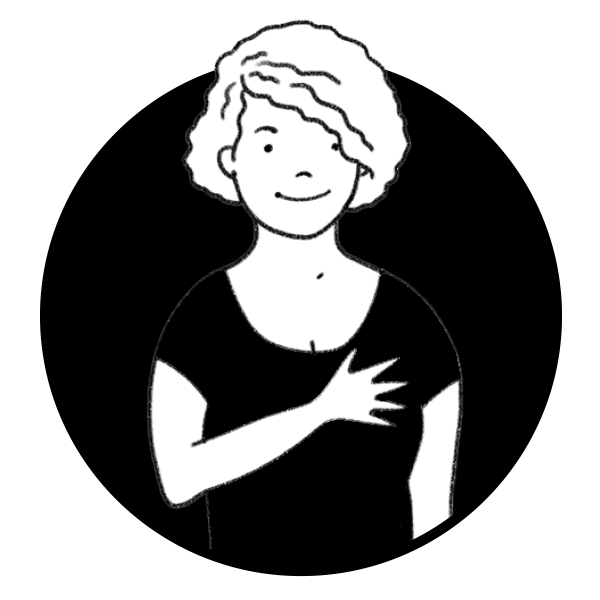The best of the methods we encountered…
The QRCA Qual Conference is a generous affair, and researchers readily share their best methods in the belief that
A rising tide lifts all boats
Auditioning respondents
It’s something we already do to some extent. At Qual Street before people turn up to the main event (the group discussion or co creation session) we often phone up the participant to check them out and to give them a sense of what to expect from the session.
The suggestion at the QRCA from Lydia Fuller of Full Colour Research was to ‘audition’ via paid pre-tasks that would ensure the best make it through to the research stage. She also used a great phrase when it came to trying to find the right respondent – “stalk your prey”. Good recruitment isn’t easy, and it’s hard to catch the right people to come along to research…
Qualitative analysis of quantitative data
Andy Dexter and Kevin Mclean at the Culturise Collaboration took us through their self-funded Brexit study. What I found most intriguing was the simple use of an interesting qualitative-style question on an omnibus to provide enough big data to explore the different narratives around reasons for wanting to stay/ leave…
New ways to talk…
This from the talk on ‘triangulation’. The Daniel Berkal’s main thrust was ask questions in different ways… for example:
- Decentralised conversations (i.e. get everyone asking the questions, and everyone giving the answers)
- Changing locations (start in the store, end up in a meeting room)
- Ask questions when people are distracted, or half focusing – i.e. when they are looking out of a window at people passing by
Story gathering in Research
Oana Popa Rengle from Anamnesia had two methods designed to help story gathering.
- The Collection
- The Gallery
The Collection uses on-line method.
Participants are asked to share stories about a particular topic. At recruitment they are pre-tasked to tell a story… (that auditioning theme again) and the best story-tellers are invited to take part in the main study. At this stage there are a few simple rules to follow – the word count, and some hints and tips on how to tell a good story (use of emotion, tension, pace and gain within the story). The participants both write and comment on each other’s stories, so there is a richness to the process which rewards through incentives and the joy of reading too. Participants’ commentary gives the researcher a sense of what resonates. I can think of some great projects (looking for closeness, insight, empathy) where this method would work really well…
The Gallery
harvests the ‘stories’ we see on social media from Twitter, Pinterest and Instagram… These then are reproduced as ‘story igniters’ and participants are asked to choose the images that mean something to them – that spark the memory of a story – and then they tell the story to the group. (This is a face to face method.)
It’s easy here to imagine the setting for these types of session – not your typical viewing facility – but in spaces that would enable story-telling…
I can imagine the benefits of an illustrator here too – to deliver instant outputs that would contribute to outputs for the client.
A moral model for analysis
The idea is simple, we have alternative moral foundations, and knowing what they are, and recognising them in analysis could be useful. So next time we’re thinking about the reactions we’ve heard and seen in groups, perhaps we should explore which moral code are people referencing.
The moral foundations (and their shadow opposites) are:
- Care/ Harm
- Fairness/ Cheating
- Loyalty/ Betrayal
- Authority/ Subversion
- Sanctity/ Degradation
- Liberty/ Oppression
Activating Insights
This excited us at Qual Street. Over the last couple of years we’ve been developing our methods to focus on the outputs. Our strapline is ‘dedication to the answer’ with the thought that it’s the solution that matters…We’ve struggled though to explain what we’re offering, and why it matters.
Tom de Ruyk expressed it simply and well: that we need to focus on activating insights – on making the insights take root within a business, and ensuring they grow, flourish and bear fruit.
Tom also came up with an equation I’m going to use to explain how to activate insight within a business:
memory X empathy = change
In other words, create a memorable moment, deliver empathy and you will deliver change in a business – you will be activating those insights.
Help colleagues remember, help them feel, and they will be motivated to make use of the insights.
And finally the books that were mentioned in the course of the conference (and one I was reading at the time:
- Ian Leslie Curious: The Desire to know & why your future depends on it
- JG March Exploration & Exploitation in Organisational Learning
- Jonathan Haidt The Righteous Mind
- Chris Voss Never Split the Difference
As always, if you’d like to know more about Qual Street’s Dedication to the Answer and what we can do for your business – do get in touch




